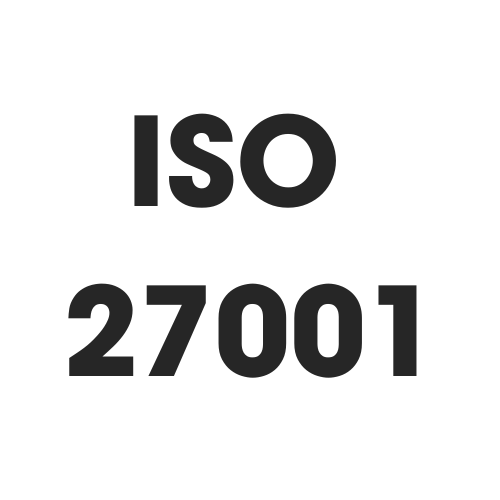Improving patient engagement in underserved communities: Q&A with Peter Grinbergs
A deeper look at the link between health literacy and health inclusion through new patient group
Chief Medical Officer, Peter Grinbergs shares the work EQL is undertaking with patient participation groups to better understand health literacy and its impact on health inclusion.
Why are you focusing on health inclusion?
Our core mission is to make healthcare accessible and the whole value system is based on rapid access to the right treatment. To deliver on our value proposition, we must address the issue of health inclusion. A crucial question for us is to understand what may prevent people engaging in a healthcare system
What role does user testing play in your understanding?
User testing and feedback is an integral part of our processes. All our users are surveyed and we elicit ideas from the data we collect. We want to understand what the pain points are for users and from that information we should be able to go away and ideate what the solution may be. The value is in trying to understand what it is that prevents some from using the service, what they find difficult or causes confusion. From that information a new hypothesis is created and we go and test that.
How is that information used in testing?
The user feedback informs or validates the hypothesis before we introduce new features. We prototype potential new scenarios, new workflows or features or new UI and then we effectively look to validate that with usability investigations – talking to patients and discussing with them the idea.
Testing can also be carried out from a product perspective when we are looking to validate the assumptions that have been made in the products. For example, we want to show patient exercises in a certain way. We think the way we’ve presented them is the best way to do it, but we look to validate that with actual users. All product processes are subject to this validation. There is always a validation either before an ideation goes live or once it’s gone live, involving reviewing the qualitative and quantitative date to see if the change is having an effect.

Inevitably health literacy contributes to health inequalities and that’s something that EQL is committed to knowing more about so that we can understand how to address it.
That can a clear benefit for the service you offer. How does it link to inclusion?
A crucial question for us is to understand why people aren’t using the product. The only way to do that is to engage with people who aren’t likely to be the service users to understand what is preventing them connecting. It could be a problem of inclusivity and it’s one area that we are looking at. For example, we’re interested in health literacy and how it can drive inequalities, particularly in lower socio-economic groups because we know that in England, 42% of working age adults aged 16-65 are unable to understand or make use of everyday health information, and that rises to 61% when numeracy skills are also required for comprehension.
I believe you’re looking to research this area using patient groups
We are due to start work with a large NHS population in a geographical area which is incredibly deprived and culturally diverse. We want to look at how limited health literacy prevents patients adopting new services. We plan to engage the population through patient groups. As part of that work, we want to use a steering group to be able to say to the members these are the things that we are thinking about, see what you think about them, play around with some prototypes and can we film you interacting with the solution and interview you about it.
What are the advantages of patient groups?
With over 100K patients already through the door we are starting to ideate the product much more now. We’ve shortened the sprint cycle, so we’re in a position where we can do rapid iteration. But we can’t do any iteration without validating, ideally pre-market, with usability. Using patient groups will allow us to establish a way that we can rapidly validate our ideas. Although having the ability to interact with and interview a dedicated group over a sustained period of time only gets you so far obviously, so you have to diversify the information being collected by broadening the horizon beyond that initial group. In this research case we seek to use multiple groups.
What do you hope to achieve with your research?
There’s a genuine problem that we’re trying to solve here. There is no benchmark at the moment. There is some literature — it’s known that health literacy is an issue particularly in certain demographics — but that’s about as much as they can say about it. Inevitably it contributes to health inequalities and that’s something that EQL is committed to knowing more about so that we can understand how to address it.

.png)











.png)




.png)